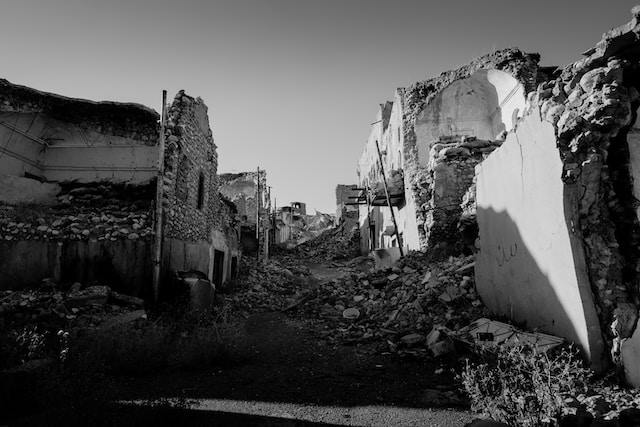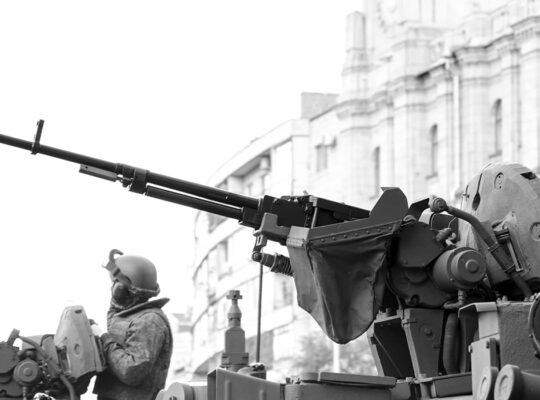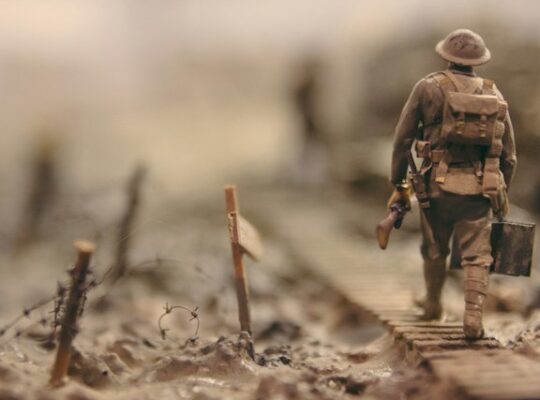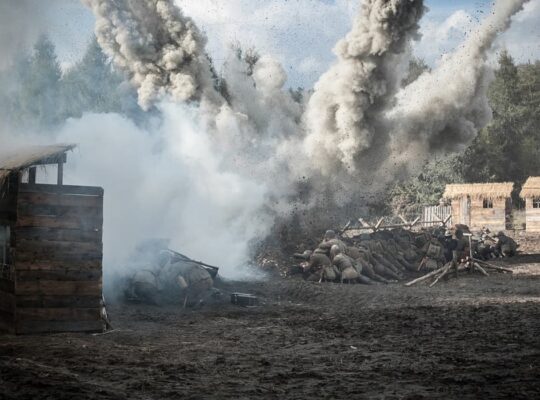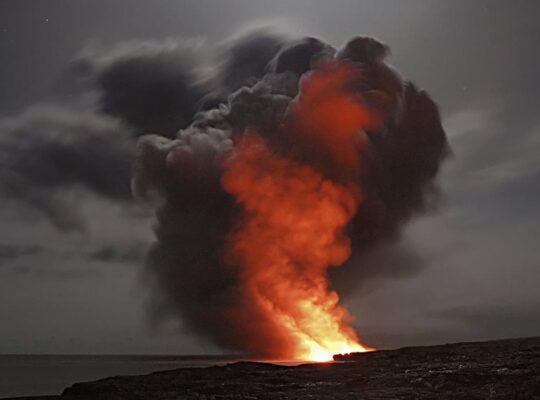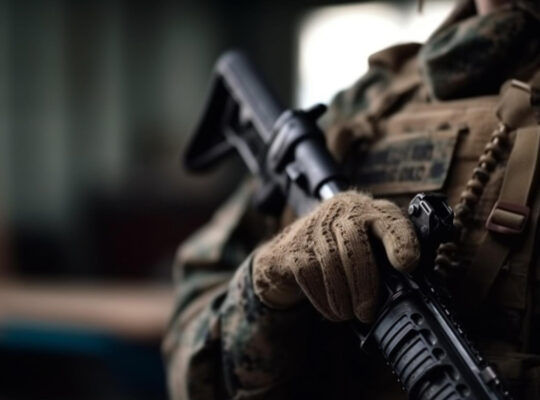World War II was a catalyst for change in the global arena, not just in terms of geopolitics but also in reshaping societal norms, especially for women. As men enlisted and were drafted in droves, leaving gaping holes in the workforce and military, women stepped in to fill these voids. Their involvement ranged from serving as factory workers producing munitions and wartime supplies to enlisting as soldiers, nurses, and pilots. This article delves into the multi-faceted roles women played during this tumultuous period and reflects on how these roles challenged existing gender norms and paved the way for future advancements in women’s rights.
Historical Context
Pre-War Gender Roles and Expectations
Before the outbreak of World War II, women’s roles were primarily centered around domestic responsibilities and jobs deemed suitable for their gender, such as teaching and secretarial work. The onset of the war, however, brought with it the necessity for a seismic shift in these traditional roles.
Impact of Male Enlistment on the Workforce
As World War II intensified, men across allied nations were conscripted, leaving their jobs and families to serve their countries. This mass exodus from the civilian workforce created an urgent need for workers to support the war effort from the home front.
Government’s Initial Reluctance and Eventual Support
Initially, there was reluctance to involve women in more active roles beyond traditional jobs. However, as the need for labor and military personnel grew desperate, governments began encouraging women to step into roles they had never been permitted to fill before.
Women in the Workforce
The Shift to Industrial and Manufacturing Roles
The iconic image of “Rosie the Riveter” with the slogan “We Can Do It!” became the rallying cry for women during the war. Governments launched campaigns to recruit female workers to take up jobs in industries crucial to the war effort.
Jobs Women Undertook
Women started working in factories, shipyards, and farms. They became welders, electricians, and machinists, jobs that had been considered men’s work prior to the war.
Labor Conditions and Contributions
Based in factories across the breadth of the war-engaged countries, women worked long hours in difficult conditions, contributing significantly to the production of essential war materials.
Struggles and Opposition
Despite their critical role, women often faced pay disparity and discrimination in the workplace. They also grappled with balancing their new responsibilities with managing their homes and caring for their families in the absence of their husbands, fathers, and brothers.
Psychological Impact and Societal Change
The war era brought about a newfound sense of independence and empowerment for many women. The ability to work and earn their own income, combined with the need to adopt more practical attire, led to changes in fashion and lifestyle. The perception of what women could achieve began to evolve as they proved their abilities in these traditionally male-dominated roles.
Women in the Military
Different Branches and Roles Within Them
Various military arms opened their doors to women:
– The Women’s Army Corps (WAC) allowed women to serve in the Army.
– The Women Airforce Service Pilots (WASP) had women ferrying aircraft and testing planes.
– The Women Accepted for Volunteer Emergency Service (WAVES) operated within the Navy.
– Other military divisions included the Women’s Auxiliary Air Force, which played a pivotal role in their respective branches.
Training and Conditions
Women underwent specialized training programs that equipped them with skills necessary for the duties they were about to take on. However, combat roles remained largely restricted.
Contributions and Accomplishments
In various capacities such as administration, intelligence, communication, medical, and nursing roles, women made notable contributions that were essential to the military operations of the allies.
Women in Combat and Resistance Movements
Participation in Resistance Groups
While many women were part of organized military branches, others joined resistance movements. They engaged in espionage, sabotage, and guerilla warfare, and were fundamental in undermining enemy efforts.
Women Who Served in Combat
Some women even served in combat roles, particularly in the Soviet Union where snipers and combat pilots were not uncommon. Female partisans also bravely fought in various occupied regions.
Awards, Honors, and Recognition of Bravery
Many women earned recognition for their bravery with awards and honors from their respective governments and military organizations, albeit often posthumously or long after the war concluded.
Impact and Legacies of Women’s Participation
Post-War Employment and Return to Pre-War Gender Roles
After the war, while many women were expected to return to their pre-war roles, the workforce and societal structure had been indelibly altered.
Lasting Changes in Labor Laws and Women’s Rights
The wartime efforts led to the introduction of equal labour rights and pay for women, including the Equal Pay Act and similar legislation influencing the future of workplace equality.
Influence on Future Military Integration
The involvement of women in the military during World War II laid the groundwork for their permanent integration into the armed forces and advancement in ranks that would come later.
Women’s Wartime Experience and Future Movements
The experiences and accomplishments of women during World War II served to inspire the second-wave feminist movement, driving advocacy for equality and the evolution of gender roles.
Conclusion
The multifaceted roles played by women during World War II as factory workers, soldiers, pilots, and resistance fighters not only were pivotal to the Allied victory but also challenged and changed gender stereotypes. Their courageous efforts and sacrifices wrote a new chapter in the history of women’s rights and workforce diversity. As we look back at this era, it is clear that their legacy continues to inspire and empower future generations in the ongoing fight for equality.
